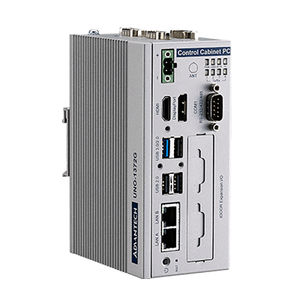
Introduction
Cancer, a sinister disease that affects millions around the globe, comes in various forms and can wreak havoc on the human body. While well-known cancers like breast, lung, and prostate attract significant attention, we seldom hear about the rarest and most enigmatic types. Today, we embark on a journey to discover the world’s rarest cancer, exploring its characteristics and shedding light on the struggles faced by those affected.
Understanding the Rarest Cancer
The Context
As our search for the rarest cancer begins, it is essential to note that information about this unique disease is often limited. With only a few documented cases worldwide, gathering data about the rarest cancer becomes a monumental task for researchers and medical professionals alike.
The Enigmatic Case of Angiosarcoma
Among the pantheon of rare cancers, Angiosarcoma stands out as one of the least prevalent. This exceedingly uncommon cancer originates in the cells lining the blood vessels or lymphatic vessels, leading to the uncontrollable growth of malignant tumors. Due to its rarity, diagnosing Angiosarcoma accurately can pose significant challenges, often leading to delayed detection and poorer outcomes for patients.
Pervasive Variants
Angiosarcoma can manifest in various parts of the body, making it an elusive and multifaceted condition. Some recognized variants include cutaneous (skin) Angiosarcoma, soft tissue Angiosarcoma, liver Angiosarcoma, breast Angiosarcoma, and bone Angiosarcoma. Each form exhibits distinct traits and necessitates tailored treatment approaches.
Symptoms and Risk Factors
The symptoms of Angiosarcoma primarily depend on the affected area. Cutaneous Angiosarcoma, for instance, might present itself as a purplish patch or lesion on the skin. Liver Angiosarcoma, on the other hand, could display signs such as abdominal pain, jaundice, and weight loss. It is important to note that while some risk factors, like previous radiation treatment or exposure to certain chemicals, have been identified, the exact cause of Angiosarcoma remains unknown.
Diagnosis and Treatment
Given its rarity, diagnosing Angiosarcoma can be challenging. A thorough physical examination, along with imaging techniques such as X-rays, MRIs, CT scans, or ultrasounds, may aid in identifying suspicious areas for further investigation. To confirm the presence of Angiosarcoma, a biopsy is typically performed, involving the removal of a sample of tissue for pathological analysis.
Treatment strategies for Angiosarcoma are multifaceted and often require a multidisciplinary approach. Options range from surgery to remove the tumor, radiation therapy, chemotherapy, targeted therapy, or a combination of these. Identifying an appropriate treatment plan depends on factors like tumor size, location, and metastasis, as well as the patient’s overall health and preferences.
Conclusion
While we celebrate the advancements made in cancer research and treatment, it is crucial to recognize the existence of rare cancers like Angiosarcoma. The limited prevalence of this disease makes it imperative for us to continually support research efforts and spread awareness, aiming to improve detection, diagnosis, and treatment outcomes for those affected.
FAQ
- Is Angiosarcoma curable?
- The curability of Angiosarcoma depends on various factors, including the type, stage, and location of the cancer, as well as individual patient characteristics. Early detection and appropriate treatment can significantly improve the chances of successful outcomes.
- Can Angiosarcoma be hereditary?
- Although no specific hereditary link to Angiosarcoma has been established thus far, some rare cases have been attributed to genetic factors. Further research is needed to fully understand the hereditary aspects of this cancer.
- Are there any preventive measures against Angiosarcoma?
- Since the exact cause of Angiosarcoma remains unknown, specific preventive measures have not been identified. However, avoiding exposure to certain chemicals and maintaining a healthy lifestyle might potentially reduce the risk.
- How common is Angiosarcoma?
- Angiosarcoma is an extremely rare cancer, with only a few documented cases worldwide. Due to its rarity, gathering comprehensive data can be challenging for researchers and medical experts.
- How can I support research on rare cancers like Angiosarcoma?
- Supporting organizations dedicated to cancer research, participating in fundraising events, and spreading awareness about rare cancers can play a vital role in advancing medical knowledge and improving patient outcomes.
Now that we have explored the depths of the rarest cancer in the world and its complexities, let us continue to champion the fight against cancer in all its forms, ensuring that no one battles this silent enemy alone.



